How to Get to the Moon in 5 'Small' Steps
Intro
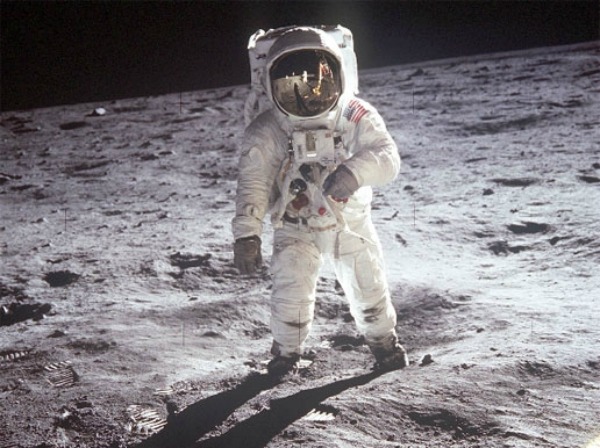
It's been nearly four decades since man last set foot on the moon. And with the Constellation program scrapped, NASA says it has no immediate plans for a return trip, leaving the Apollo plan as the lone blueprint for getting to the moon.
Apollo astronauts put the footsteps up there. Here's what you'll need to do to follow in them.
Step 1: Assemble the Pieces
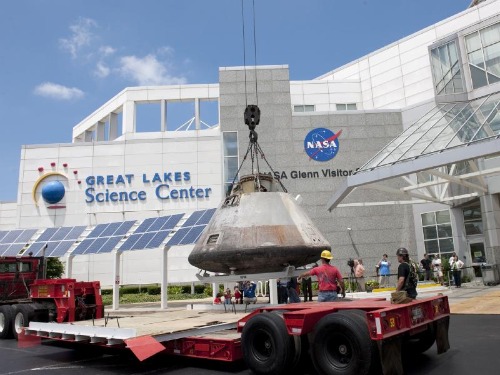
Going lunar Apollo-style requires a three-part spacecraft. The cone-shaped command module (CM) contains the crew's quarters and flight-control area. Above it: the emergency escape system. The CM connects to the cylindrical service module (SM), which houses the primary propulsion and support systems, including fuel cells, thrusters and a high-gain deep space antenna. When hooked together they're referred to as the CSM. Near the moon, the CSM remains in orbit while the lunar module (LM) carries two crewmembers to the surface and back. Tip to tail the spacecraft stands 82 feet high.
[Could NASA Launch a Secret Moon Mission? ]
Step 2: Power Up
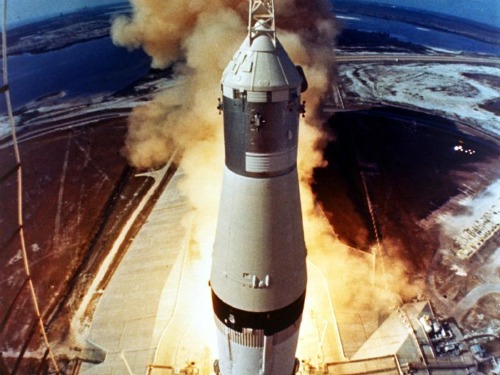
Each of the six manned Apollo missions between 1969 and 1972 started onboard a Saturn V rocket, NASA's most powerful expendable rocket ever. The Saturn's first stage is propelled by 7.68 million pounds of thrust from five F-1 engines burning RP-1 rocket fuel and liquid nitrogen. It can carry the heavy payload 38 miles into the atmosphere in two-and-a-half minutes, then it falls off. Next, the second stage kicks in, and its five J-2 oxygen/hydrogen engines take the ship another 77 miles in six minutes. Then the third stage engine pushes the craft to the 17,500 mph required to escape Earth's gravitational pull and get into orbit.
[Why Doesn't the Moon Have a Name? ]
Step 3: Shoot the Moon
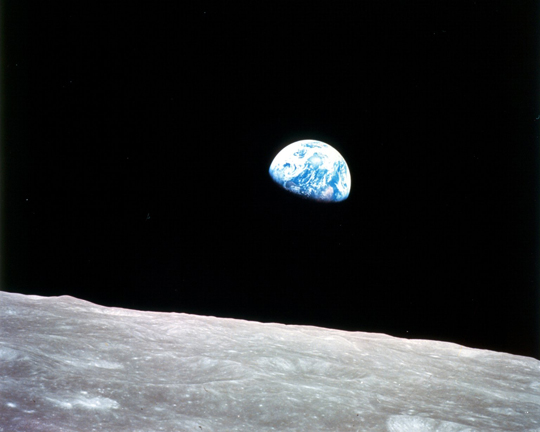
After a couple trips around the globe, the leftover fuel in the stage-three engine is ignited to ramp up to 24,500 mph, propelling Apollo into translunar trajectory. Three days or so into the mission, the vessel enters lunar orbit.
Get the world’s most fascinating discoveries delivered straight to your inbox.
[What If NASA Hadn't Canceled the Apollo Program? ]
Step 4: Pull Up for a Landing
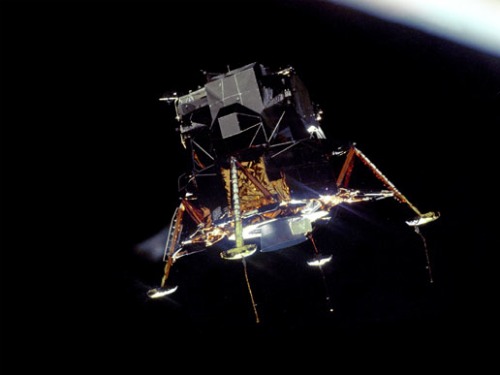
Once in lunar orbit, two astronauts enter the lunar module and prepare for touchdown. The LM undocks from the CSM, which keeps circling the moon in low orbit. It takes only about 15 minutes for the rocket-powered descent to put the LM's four spidery legs on the ground. [The Greatest Mysteries of the Moon ]
Apollo 11 landed in the relatively smooth and flat Sea of Tranquility (in part because it seemed safe and in part to ensure a daytime return to Earth). Apollo 12 set down farther west, in the Ocean of Storms. Apollo 15 stopped at the foot of the 15,000-feet-tall Apennines mountains, the moon's highest range, and was the first to deploy a Lunar Roving Vehicle. All six sites were on the near side of the moon, that is, the side that continuously faces Earth. That's probably where you want to aim if you're gunning for moondust.
Step 5: Take a Walk and a Souvenir

It's just a quick climb down a ladder to exit the ascent stage of the LM, headquarters for the day-plus lunar stint. Step out, stretch your legs, take a few pix and collect some samples for science. All told, Apollo missions 11, 12, 14, 15, 16 and 17 brought 842 pounds of material back to Earth, including basalt from lunar lava flows, lunar soil and welded chunks of debris from impact craters called breccias. [6 Questions with the Man Who Had Sex on the Moon ]
Once the goods are bagged, it's back into ascent stage for lift off. A rocket engine builds up 3,500 pounds of thrust to launch the ascent stage back into selenocentric orbit where it will rendezvous with the CSM and dock in for the journey home.
Follow Life's Little Mysteries on Twitter @llmysteries, then join us on Facebook.


